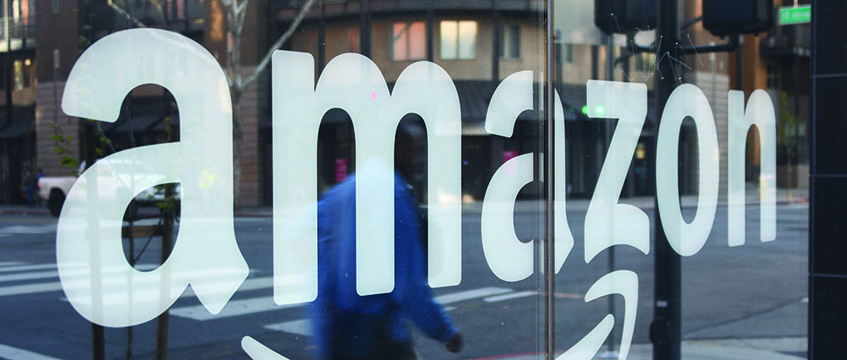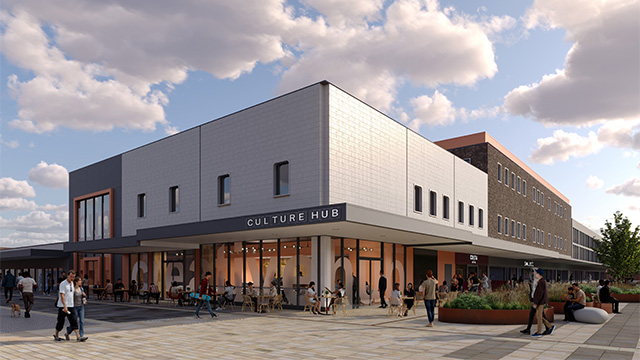Amazon has traditionally driven annual take-up for warehouse space in the UK, but new findings reveal that this has shrunk in the past year in relation to the rest of the market.
Research by Savills, exclusively shared with EG, showed that take-up for units exceeding 100,000 sq ft across the UK’s industrial and logistics market reached 34.2m sq ft, across 136 deals in the UK in 2019.
This was down 8.6% on the previous year, but above the three-year average of 32.6m sq ft.
Amazon accounted for 11% (3.7m sq ft) of last year’s take-up. Although the online giant has certainly continued to make its mark on both the retail and industrial markets, it did not match its equivalent growth in 2018, when it took up 19% (6.9m sq ft).
Kevin Mofid, director of research at Savills, said: “The level of total take-up has exceeded our expectations for the start of 2019, given the political uncertainty during the year.
“Take-up was especially strong even when Amazon took less space proportionally than it did in the previous year. To me, that paints a rosy picture for landlords and developers because it means the market is a lot more diverse than people [think].
“It shows that more companies are reacting to what Amazon are doing, and taking space to get their supply chains in order.”
Meanwhile developers that wagered on robust occupier demand for 2019 also saw their bets pay off. Speculative space accounted for 19% of all take-up, which was the highest level recorded since 2011.
The East Midlands, Yorkshire and the South East led the pack by geography, with each enjoying record take-up levels.
Supply and vacancy rates grow
Supply in the UK widened year-on-year by around 19.3% to 35.8m sq ft, while the average vacancy rate for the year edged up to 6.7%, from 5.9% in 2018.
Richard Sullivan, national head of industrial and logistics at Savills, notes that it is “remarkable” that vacancy rose by just 39bps, given that 8.9m sq ft of speculative space reached practical completion in 2019.
Mofid noted that vacancy rates of around 6% signalled that rental growth for landlords and developers is likely to continue in 2020.
“[We have noticed that] rents have never increased when vacancy rates are above 12%,” Mofid said. “If vacancy rates are 6.7%, there’s a long way to go before we hit that tipping point [where] it’s an occupier’s market, rather than a landlord’s market.”
Currently 6.6m sq ft of space is being speculatively developed, across 31 facilities, so it is predicted that there will not be a sharp rise in supply in 2020.
In London and the South East, supply has increased by 4.5% and now stands at 5.8m sq ft. Meanwhile take-up reached an annual record high after totalling 7.9m sq ft, up 9.1% on the previous year.
Investment defies the odds
Investment volumes for distribution facilities withstood a largely stagnant market across real estate last year, after rising by 9% year-on-year to £3.8bn.
It marked the second-best year ever for logistics and industrial. Volumes were bolstered by two key portfolio transactions: Tritax’s acquisition of DB Symmetry, and the purchase of the Tudor portfolio by Morgan Stanley.
A robust year ahead
The outlook for 2020, meanwhile, is upbeat. While the report acknowledges that the pace of growth for online retail is slowing down, it predicted that this will have little material impact on the market.
This is because more traditional retailers are continuing to adapt their operations for e-commerce, while more online retailers are seeking space.
The research also noted that in times of low economic confidence, customers have historically turned to online shopping – meaning that the sector is likely to defy any prolonged market uncertainty.
To send feedback, e-mail pui-guan.man@egi.co.uk or tweet @PuiGuanM or @estatesgazette











